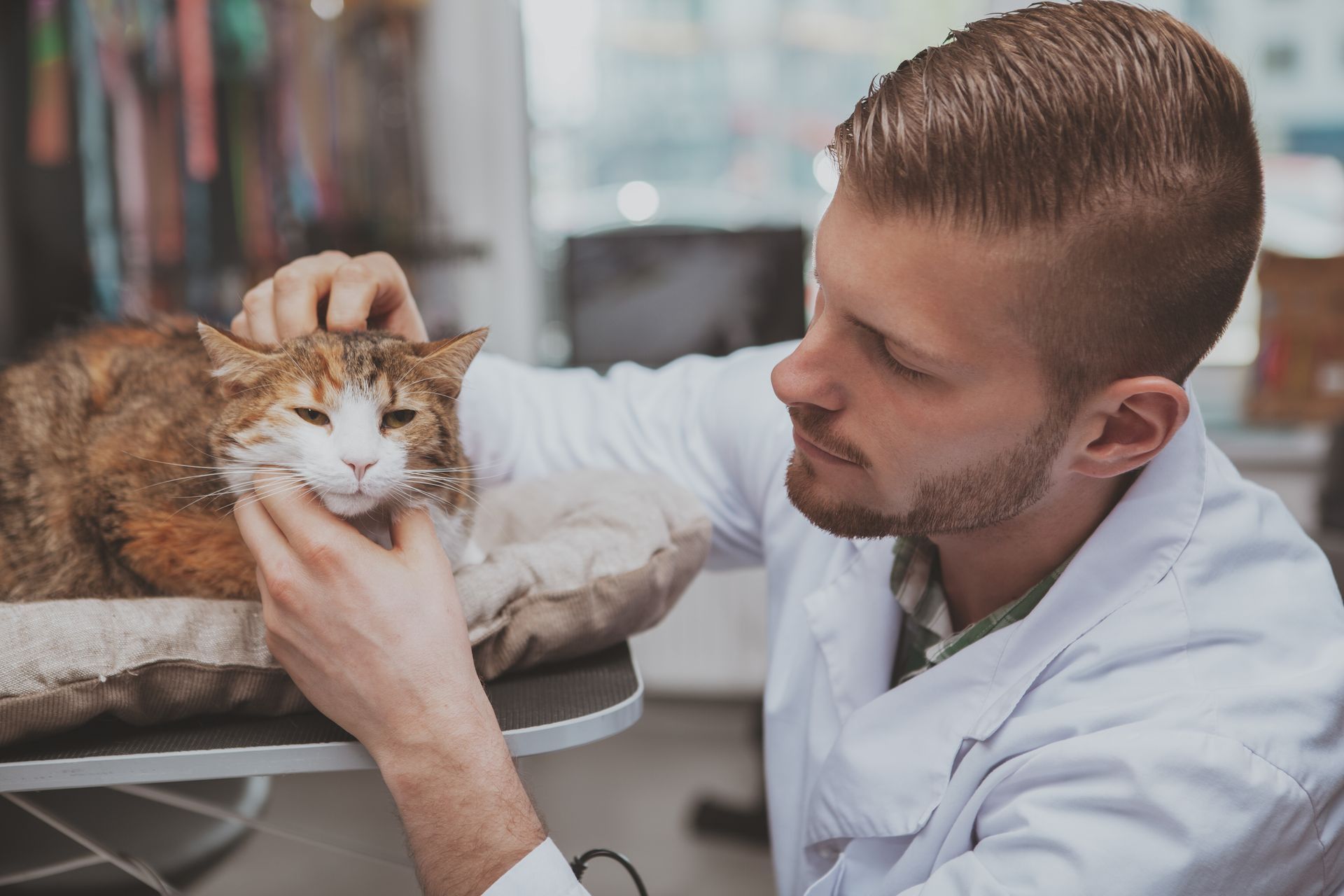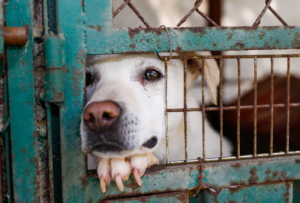As a pet parent or caregiver, the safety and well-being of your furry friends are paramount. This comprehensive guide aims to equip you with the necessary knowledge and skills to handle various pet emergencies, from minor injuries to life-threatening situations. By understanding the basics of pet first aid, you can act swiftly and confidently when your pet needs you the most.
Section 1: The Importance of Pet First Aid
Pet first aid is an essential skill set for every pet owner and caregiver. It’s not just about being able to respond to emergencies; it’s about understanding your pet’s health and well-being on a deeper level. Here are some reasons why pet first aid is so important:
Immediate Response to Emergencies
Accidents can happen at any time, and in some cases, immediate action is required to save a pet’s life. Knowing how to perform basic first aid procedures, such as stopping bleeding, performing CPR, or addressing a choking incident, can make a significant difference in the outcome of these emergencies.
Preventing Minor Injuries from Becoming Major Ones
Not all injuries require immediate veterinary attention, but they do need proper care to prevent them from becoming more serious. Understanding how to clean and dress wounds, recognize signs of infection, and provide appropriate care can help prevent minor injuries from escalating into major health issues.
Reducing Stress and Pain for Your Pet
When your pet is injured or ill, they are likely scared and in pain. Knowing how to respond in these situations can help reduce their stress and discomfort. For instance, understanding how to safely move an injured pet, or how to comfort a pet during a seizure, can help them feel more secure and reduce their pain.
Building Confidence in Pet Care
Knowing that you have the skills to handle a pet emergency can provide a great deal of peace of mind. It can make you feel more confident in your ability to care for your pet, and it can also make you a more attractive choice for pet owners seeking professional pet care services.
Promoting Regular Health Checks
Learning about pet first aid also involves learning about your pet’s normal health status. This can encourage regular health checks, helping you notice any changes in your pet’s health and behavior early on, which can lead to early detection and treatment of potential health issues.
In conclusion, pet first aid is not just about responding to emergencies; it’s about being proactive in maintaining your pet’s health and well-being. It’s an essential part of responsible pet ownership and professional pet care.
Section 2: Building Your Pet First Aid Kit
A well-stocked pet first aid kit is a vital tool for every pet owner and caregiver. It should contain all the necessary items you might need to administer immediate care during an emergency. Here’s a detailed list of items you should consider including in your pet first aid kit:
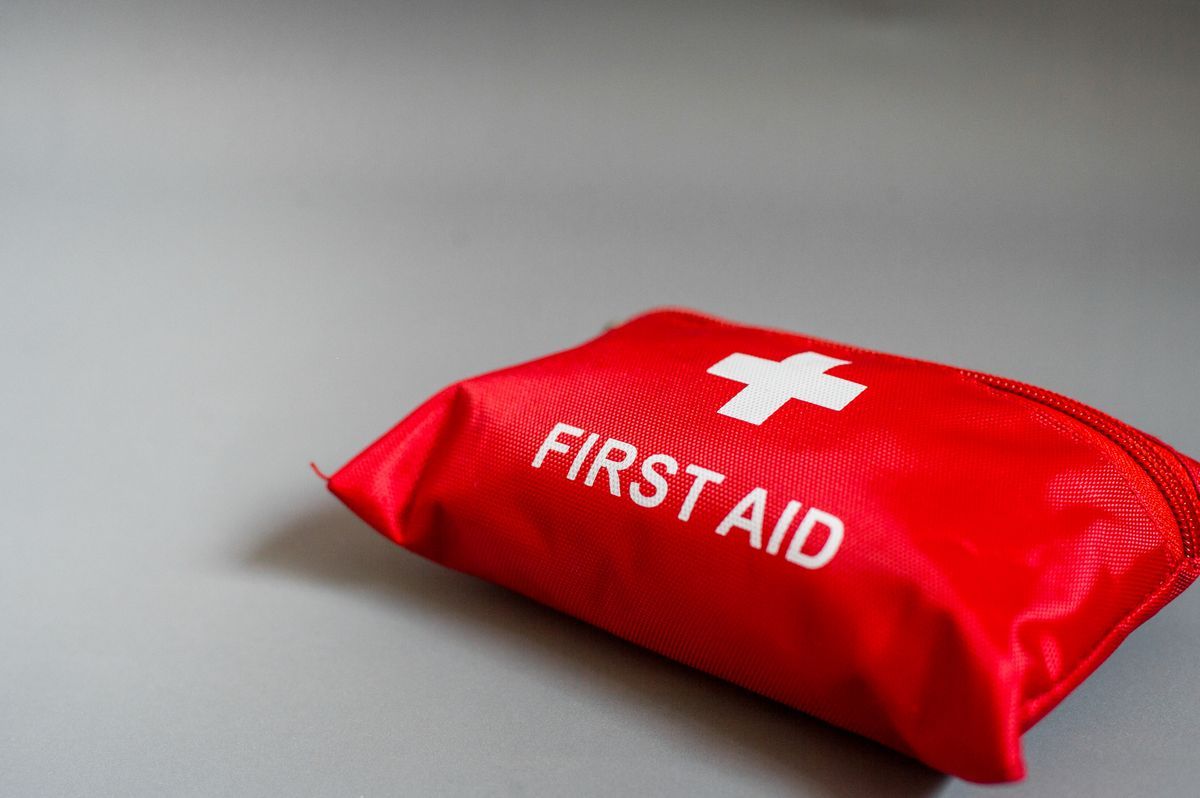
Basic Supplies
- Gauze Pads and Rolls: For dressing wounds or as a makeshift muzzle if necessary.
- Adhesive Tape: To secure gauze or bandages.
- Antiseptic Wipes or Solution: To clean wounds and prevent infection.
- Cotton Balls or Swabs: Useful for cleaning wounds or applying medication.
- Tweezers: For removing splinters or ticks.
- Scissors: To cut tape, gauze, or hair around wounds.
- Disposable Gloves: To protect you and keep the wound area clean during treatment.
Specific Items
- Digital Thermometer: Pets’ normal body temperatures are higher than humans, so a pet-specific thermometer is necessary.
- Tick Remover Tool: A specialized tool to safely remove ticks without leaving parts behind.
- Eye Dropper or Syringe: To give oral medications or flush wounds.
- Pet-Safe Hydrogen Peroxide: Can be used to induce vomiting in pets under the direction of a vet or poison control.
- Blanket or Towel: For warmth, comfort, or to carry an injured pet.
Emergency Contact Information
Always keep a list of emergency contact information in your pet first aid kit. This should include your vet’s phone number, the number for a local emergency vet clinic, and the number for a pet poison control center.
Medications and Health Records
If your pet is on any medications, it’s a good idea to keep a small supply in your first aid kit. Also, keep a copy of your pet’s vaccination records and any important health information in a waterproof bag or container.
Remember, a pet first aid kit is not a replacement for veterinary care. It’s designed to provide temporary, immediate care until you can get your pet to a vet. Always consult with a vet if your pet is injured or ill.
Section 3: Recognizing and Responding to Pet Emergencies
Understanding how to recognize and respond to pet emergencies is a critical part of pet first aid. Here, we’ll delve into several common emergencies, their symptoms, and the immediate actions you should take.
Heatstroke
Heatstroke is a serious condition that can occur if a pet is exposed to high temperatures, especially without access to water. Symptoms include excessive panting, drooling, lethargy, uncoordinated movements, and even loss of consciousness. If you suspect heatstroke, move your pet to a cooler area immediately, apply cool (not cold) water to their body, and contact a vet right away.
Water Intoxication
Water intoxication, or hyponatremia, happens when a pet ingests too much water, diluting their body’s electrolytes and causing cells to swell. Symptoms include lethargy, nausea, bloating, vomiting, dilated pupils, and in severe cases, seizures or coma. If you suspect water intoxication, restrict your pet’s water intake and seek immediate veterinary care.
Poisoning
Pets can be poisoned by a variety of substances, including certain foods, plants, and chemicals. Symptoms can vary widely but often include vomiting, diarrhea, drooling, loss of appetite, and changes in behavior. If you suspect poisoning, contact your vet or a pet poison control center immediately. If possible, identify the poison, as this can help with treatment.
Choking
Choking can occur if a pet swallows an object that becomes lodged in their throat. Signs of choking include excessive pawing at the mouth, difficulty breathing, blue-tinged lips or tongue, and panic. If your pet is choking, try to remove the object if it’s visible, but be careful not to get bitten. If you can’t remove the object, or if your pet becomes unconscious, take them to the vet immediately.
Shock
Shock can occur in response to severe injury, trauma, or illness. Symptoms include rapid heartbeat, shallow or rapid breathing, weak pulse, pale gums, and lethargy. If you suspect your pet is in shock, keep them warm and quiet, and get them to a vet as soon as possible.
Seizures
Seizures can be caused by various conditions, including epilepsy, poisoning, brain tumors, or other health issues. During a seizure, a pet may fall on their side, twitch uncontrollably, drool, or lose consciousness. If your pet has a seizure, keep them safe from hazards, but do not try to restrain them or put anything in their mouth. Once the seizure ends, contact your vet.
Blood Loss
Blood loss can occur from a wound or internal injury. If your pet is bleeding, apply pressure to the wound with a clean cloth or bandage and seek immediate veterinary care. If the bleeding is severe, or if it doesn’t stop within a few minutes, take your pet to an emergency vet clinic.
In all these situations, it’s crucial to stay calm and act quickly. Remember, these are immediate responses and are not meant to replace veterinary care. Always consult with a vet if your pet is injured or ill.
Section 4: Tick Removal and Prevention
Ticks are not just a nuisance; they can transmit diseases to pets and humans alike, making tick removal and prevention a crucial aspect of pet care. Here’s a detailed guide on how to safely remove ticks and prevent future infestations.
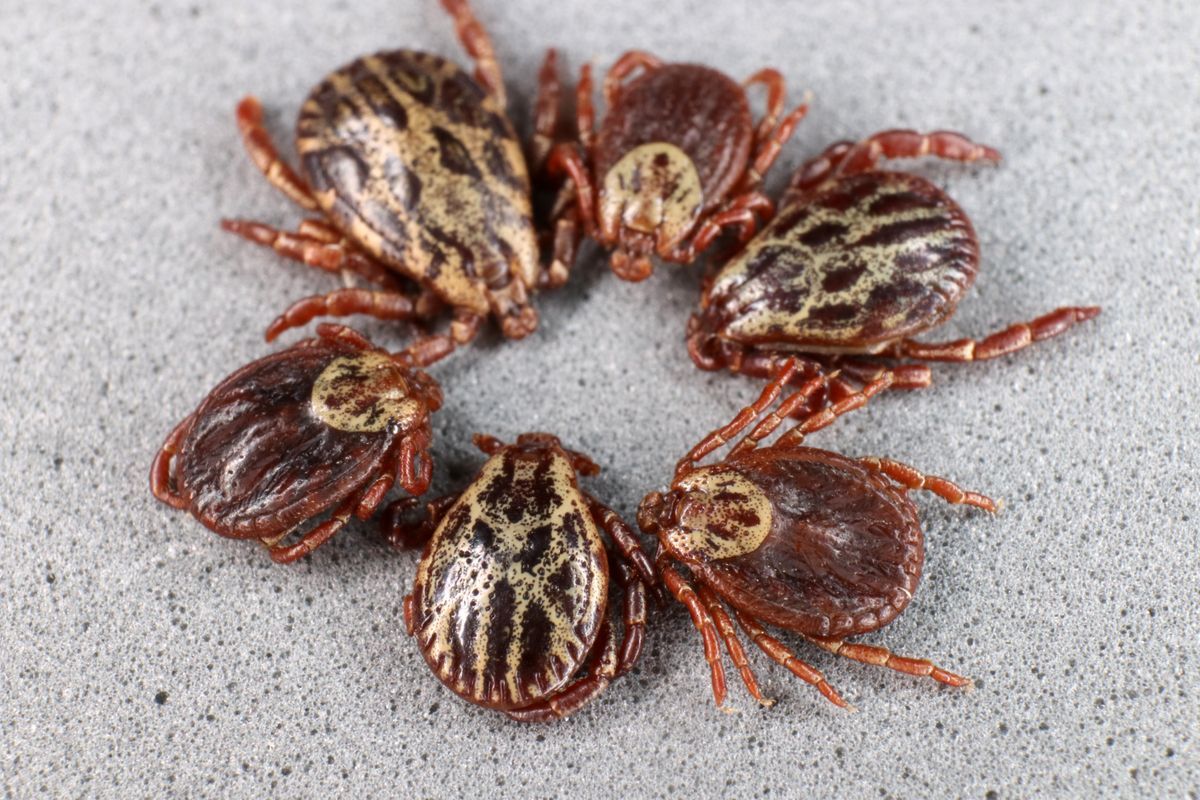
Tick Removal
-
Identify the Tick: Before you attempt to remove a tick, it’s important to identify it. Ticks come in various sizes, and some are so small they can be mistaken for a speck of dirt.
-
Prepare Your Tools: Use a pair of fine-tipped tweezers or a specialized tick removal tool. These tools allow you to grasp the tick without crushing it.
-
Remove the Tick: Grasp the tick as close to your pet’s skin as possible, being careful not to pinch your pet’s skin. Pull upward with steady, even pressure. Don’t twist or jerk the tick as this can cause the mouth-parts to break off and remain in the skin.
-
Clean the Area: After removing the tick, clean the bite area and your hands with soap and water, rubbing alcohol, or an iodine scrub.
-
Dispose of the Tick: Never crush a tick with your fingers. Instead, put it in alcohol, place it in a sealed bag/container, wrap it tightly in tape, or flush it down the toilet.
Tick Prevention
-
Regular Checks: Regularly check your pet for ticks, especially after they’ve been outside in wooded or grassy areas. Pay close attention to areas around the pet’s ears, neck, skin folds, and other crevices, as ticks like to hide in such places.
-
Use Preventive Products: Use tick prevention products, such as tick collars, sprays, or topical treatments. Consult your vet to choose the most suitable product for your pet.
-
Maintain Your Yard: Keep your yard tick-free by mowing your lawn regularly, removing tall weeds, and clearing out leaf litter.
-
Vaccinate: Some vaccines can help protect your pet against tick-borne diseases. Talk to your vet about whether a vaccine is appropriate for your pet.
Remember, if you’re uncomfortable removing a tick or if you’re unable to remove the entire tick, it’s important to seek help from a vet
Section 5: Pet CPR and First Aid Certifications

While learning about pet first aid from various resources, including this guide, is beneficial, nothing beats hands-on training and certification. Here’s why getting certified in pet CPR and first aid is important and how you can go about it.
Why Get Certified?
-
In-Depth Understanding: Certification courses provide a comprehensive understanding of pet first aid and CPR. They cover a wide range of topics, from basic first aid procedures to recognizing and responding to various health emergencies.
-
Hands-On Experience: These courses often include practical sessions, where you get to practice the skills you’ve learned. This hands-on experience is invaluable in preparing you for real-life emergencies.
-
Confidence: Being certified gives you the confidence to handle emergency situations effectively. You’ll know exactly what to do and when to do it, which can make a significant difference in the outcome.
-
Credibility: If you’re a professional pet caregiver, having a pet first aid and CPR certification can enhance your credibility. It shows pet owners that you’re equipped with the necessary skills to take care of their pets.
How to Get Certified?
-
Find a Course: There are many organizations that offer pet first aid and CPR certification courses, such as the Red Cross, PetTech, and various veterinary associations. Some courses are offered in-person, while others are available online.
-
Complete the Course: These courses typically involve a mix of theoretical learning and practical sessions. You’ll learn about various topics, such as pet anatomy, common injuries and illnesses, emergency procedures, and preventive care.
-
Pass the Assessment: At the end of the course, you’ll usually have to pass an assessment to get certified. This may involve a written test, a practical exam, or both.
-
Stay Updated: Pet first aid practices can change over time, so it’s important to keep your knowledge and skills up to date. Some organizations require you to renew your certification every few years.
Remember, while being certified in pet first aid and CPR is beneficial, it doesn’t replace professional veterinary care. Always consult with a vet in case of serious injuries or illnesses.
Section 6: Preparing for Disasters
Disasters can strike at any time, and having a plan in place can ensure the safety of your pets. Here’s a detailed guide on how to prepare your pets for a disaster:
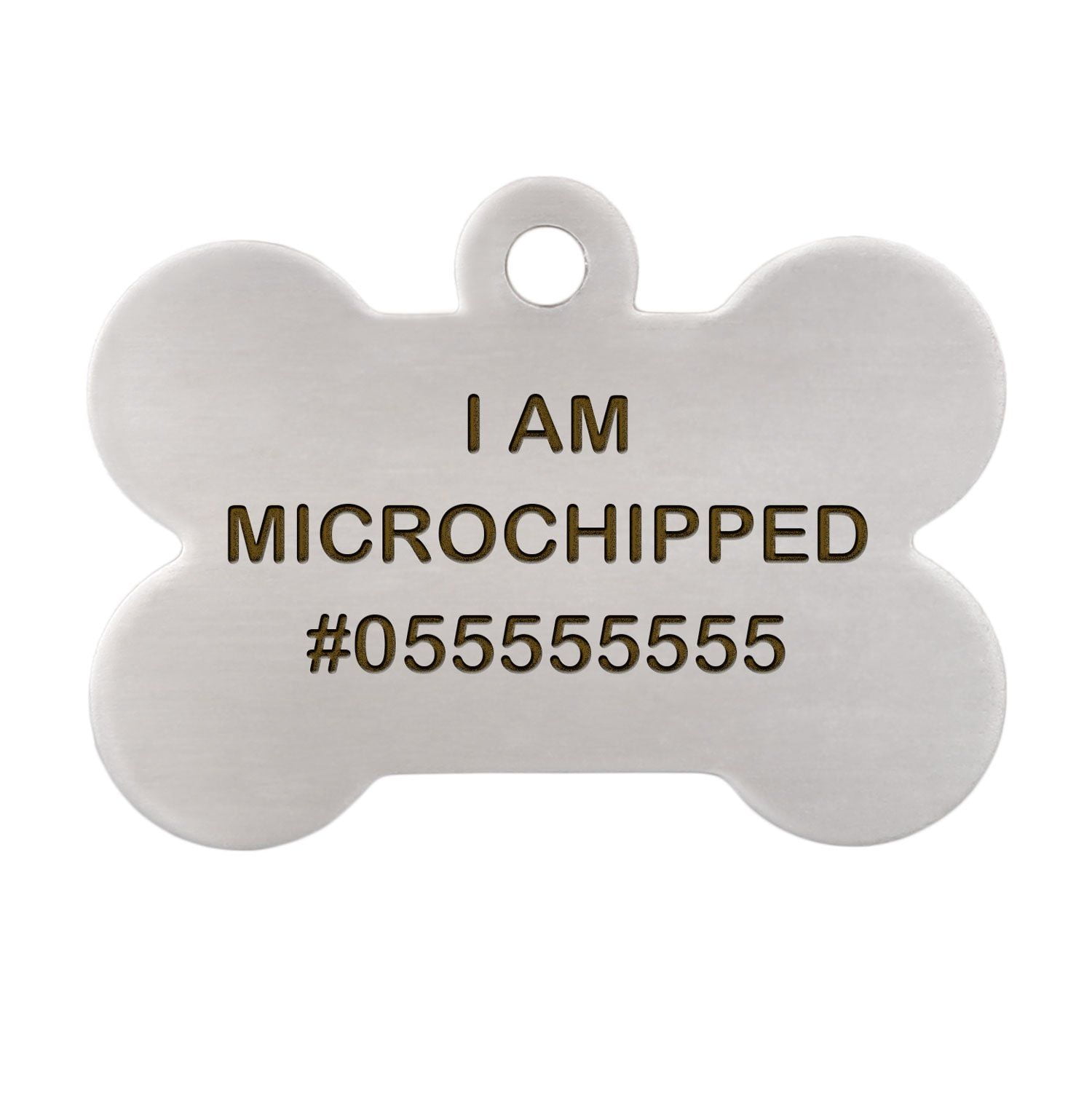
Microchipping and ID Tagging
In the chaos of a disaster, pets can easily get lost. Microchipping and ID tagging are two of the most effective ways to ensure your pet can be returned to you if they get lost. Make sure the microchip registration and ID tag information are up-to-date.
Emergency Kit
Prepare an emergency kit for your pet. This should include food and water for at least three days, any medications your pet needs, a leash and collar, a carrier for small pets, a first aid kit, and copies of your pet’s medical records.
Evacuation Plan
Plan how you will evacuate with your pet if needed. Identify pet-friendly hotels or shelters in advance, as not all emergency shelters accept pets. Also, consider how you will transport your pet. For instance, cats should be transported in carriers, while dogs should have sturdy leashes and harnesses.
Training
Train your pet to be comfortable with the elements of the evacuation process. For instance, get them used to being in a carrier or car, and practice evacuating to your safe location.
Stay Informed
Stay informed about potential disasters in your area. This can help you act quickly and make the best decisions for your pet’s safety.
Designate a Caregiver
If you’re not home during a disaster, your pet should still be cared for. Designate a trusted neighbor or nearby family member as a caregiver. Make sure they have a key to your home and know where your pet’s emergency kit is.
Remember, your pet relies on you for their safety during a disaster. By planning ahead, you can ensure that you’re prepared to keep your pet safe when disaster strikes.
Conclusion
Being prepared for pet emergencies is not just about having the right supplies; it’s about having the right knowledge. By understanding the basics of pet first aid, you can provide immediate care when your pet needs it most, potentially saving their life. Remember, while this guide provides essential information, it’s not a substitute for professional veterinary care. Always consult with a veterinarian in case of serious injuries or illnesses.
Enjoyed reading this article? There’s plenty more where that came from! Check out our blog for more insightful articles and tips about your furry friends. Here are a few you might find interesting:
– Pet Friendly Hotels Near Lax Airport
– Top Organic Dog Foods of 2023: Nourishing Your Dog Naturally
– Top 10 Dog Activities To Do With A Child
– Unlocking the Benefits of Premium Dog Vitamin Supplements
– Dog-Friendly Farmers Markets In Los Angeles
Keep exploring and learning with Trusty Paws!
